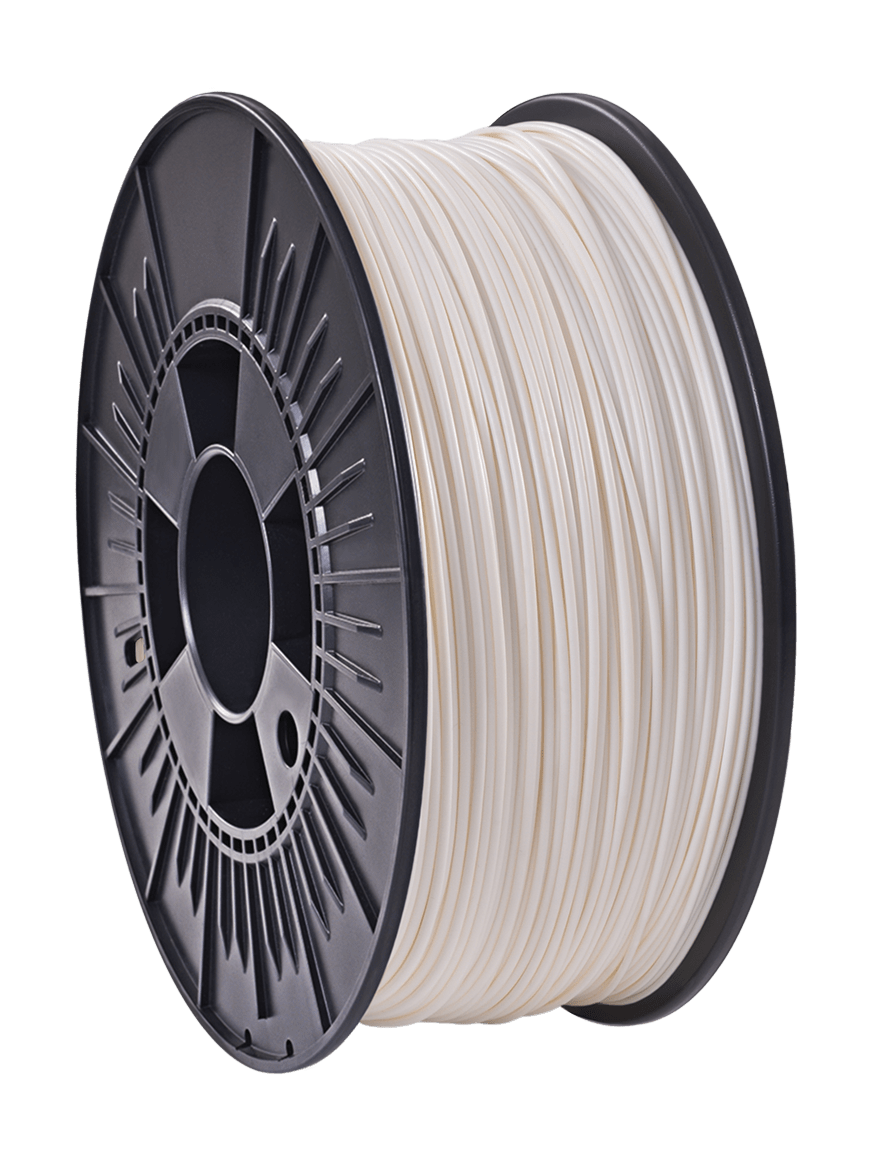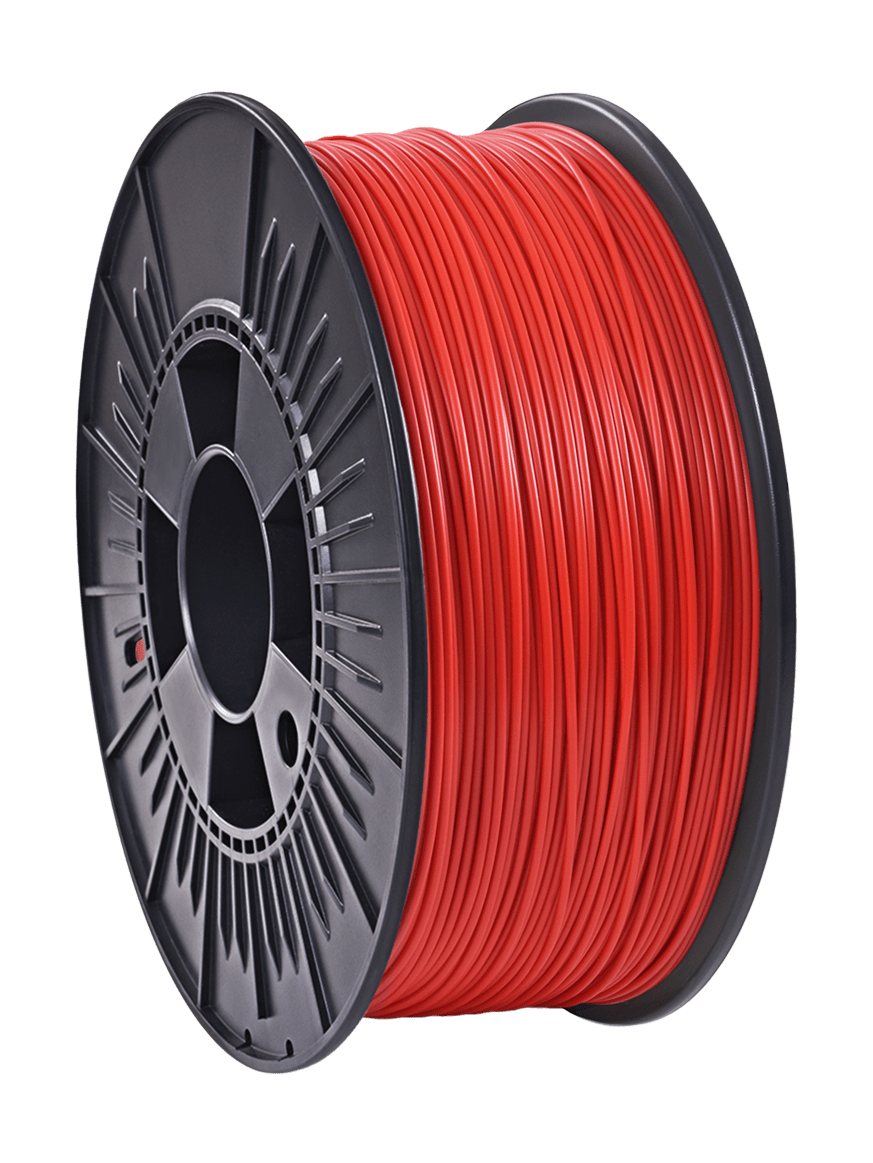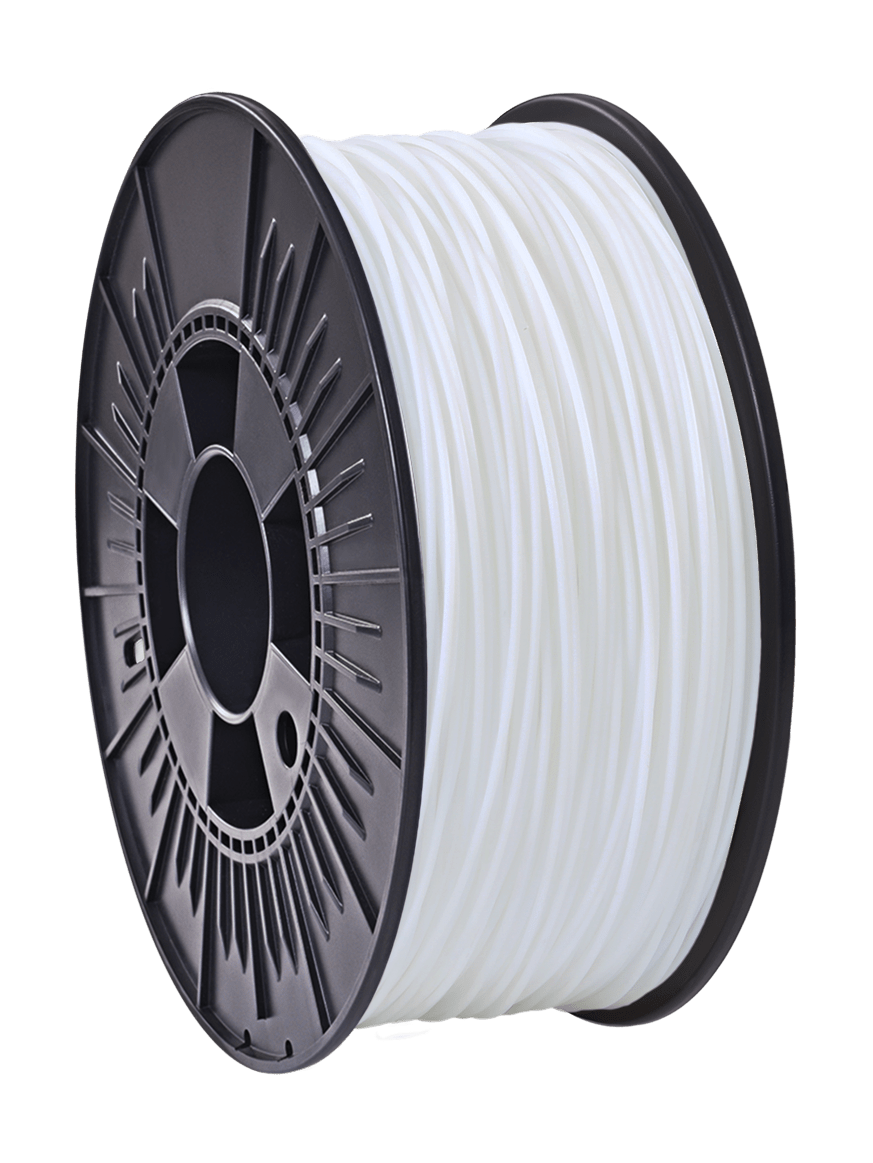Styrene butadiene copolymer characterized by excellent transparency, high gloss, low shrinkage and high impact resistance. The material has properties similar to ABS and PET-G. Moreover, using limonene you can obtain glassy and shiny surface. After Glass 807 chemical smoothing process, you will create object without visible printing layers and excellent transparency.
Chemical smoothing process:
- Immerse the finished printout in a limonene container for 2-3 seconds.
- The process shall be repeated few times till the desired effect is obtained. The number of immersions depends on the thickness of the print walls.
- After finishing limonene treatment, leave the print to dry in a well ventilated room.
Filament Properties:
• Printing temperature: 215-230°C
• Heatbed temperature: 70-80°C
• Excellent gloss
• Excellent transparency
• High rigidity
• Low contraction
• High impact strength
One material – many possibilities. PLA 607 is a thermosetting PLA. Thanks to its properties it can be used in two steps. As it behaves as regular PLA, after the easy printing process we will obtain prints with very good quality. The second step allows, after thermal treatment, to get high stiffness and improved hardness objects with a satin surface finish. It is possible to achieve mechanical properties comparable to ABS and retaining all the benefits of the standard PLA. After the heat treating process, the PLA 607 achieves a temperature stability of up to 140 ° C.
Annealing process:
- Place ready-made print in the cold oven (print should be placed on the low heat conductivity surface).
- Turn convection oven function and set the temperature to 80 ° C.
- Keep the print in heated oven from 10 to 25 minutes. The heat treating time depends on the object wall thickness.
- When the time is up, pull out the print from the oven without touching it.
- After cooling, we get ABS-like printout.
Nylon 940 is a plastic with better mechanical properties than ABS or PLA. It is designed for more experienced users, who are working with closed chamber 3D printers.. Because of the specifications of the material, it is recommended to print at lower speeds, for better layers bonding. Nylon is a material mainly dedicated to the printing of structural elements that must withstand mechanical loads. The material has high tensile strength and high thermal resistance.
- Print temperature: 255-275 ° C
- Heatbed temperature: 100 ° C
- Very high durability
- Tensile and abrasion resistance
- High strength and stiffness at high temperatures
- High impact strength
- Resistance to oils (non-polar solvents)
- High moisture absorption
- Lack of resistance to strong inorganic acids
Data Sheet
Material obtained by copolymerization of SAN with acrylic rubber. The mechanical properties are very similar to ABS. By replacing butadiene with acrylic rubber, it has a very high resistance to UV radiation. The ASA 301 is mainly dedicated to the printing of objects exposed to the sun, which must have a high resistance to atmospheric conditions.
MABS is a copolymer sometimes called „transparent ABS”. It has excellent optical properties (transparency). It is characterized by high impact resistance and good chemical resistance. It is used to print high quality objects with nice looking gloss. Material is keeping the ABS properties.
Amorphous material, characterized by high impact strength, hardness and scratch resistance. The material is resistant to diluted acids, aliphatic hydrocarbons and oils. No resistance to concentrated acids, esters and ketones. Thanks to the specially developed composition, printed objects gain increased mechanical properties and very strong bonding of the layers.
The material can be printed without the heated chamber because of low warpage and minimal odor. Designed for demanding applications, where high precision and prolonged operation are expected.
Available in a wide range of colors.
- temperature print: 240-250 ° C
- Heatbed temperature: 90-100 ° C
- Excellent impact resistance, even at low temperatures
- Very high resistance to dirt
- Prolonged durability
- Optimum dimensional stability (low moisture absorption)
- Odorless
- Higher stiffness and operating temperature (in comparison to standard ABS)
Thermoplastic polymer known as high impact polystyrene. Very often used in printers as a support material, which can be dissolved in a Limonene solution; The best support material for the ABS prints. HIPS is a durable material, lighter than ABS and PLA. The surface of the printed objects is smooth and has matte appearance. Filament is easy to print and it has excellent thermal stability during the process. Perfect for detailed, complex printouts as well as for large objects printing.
















